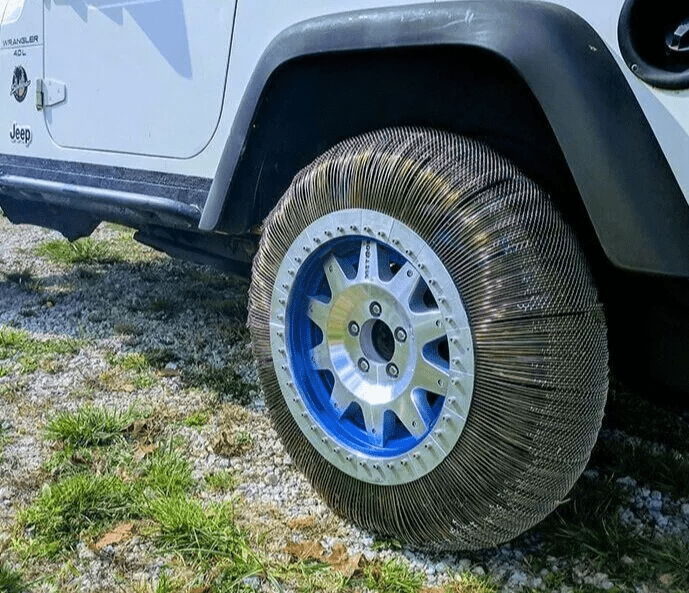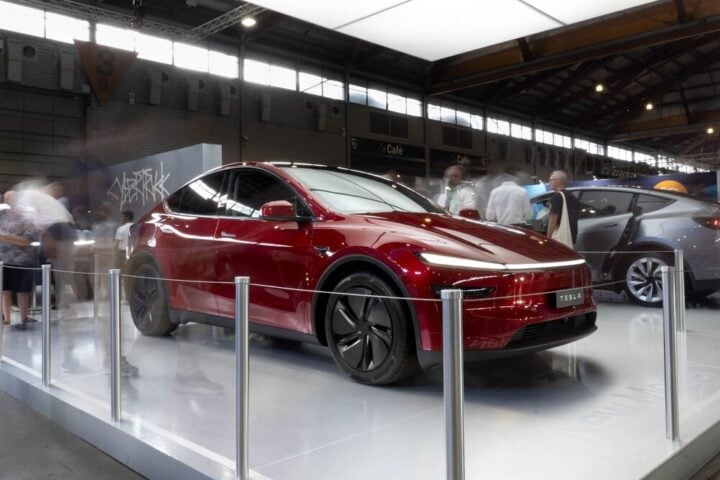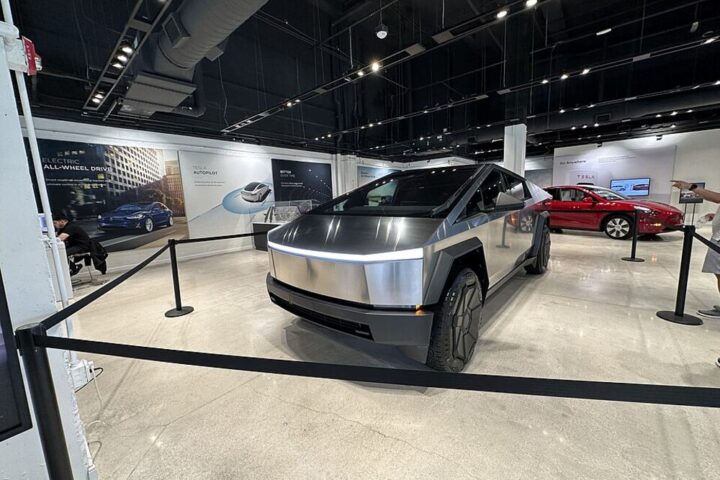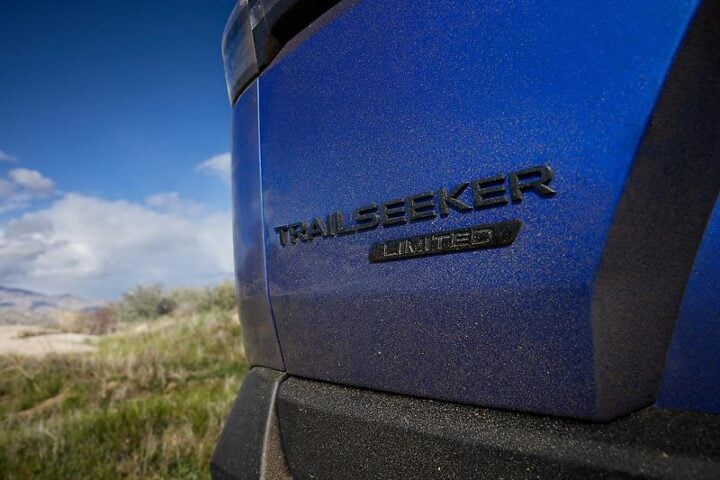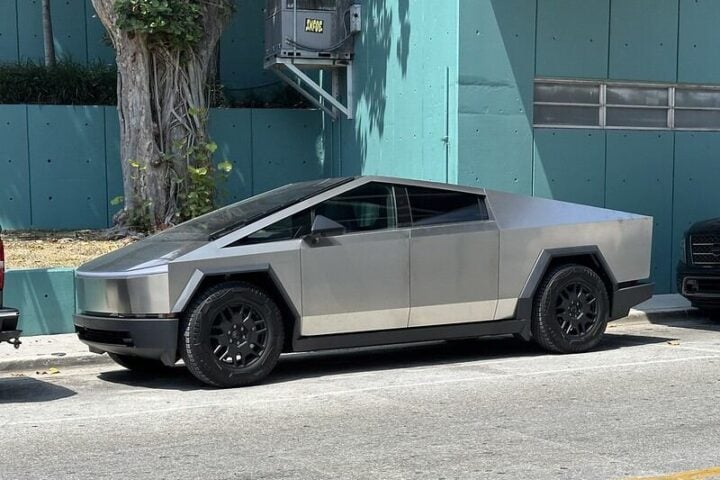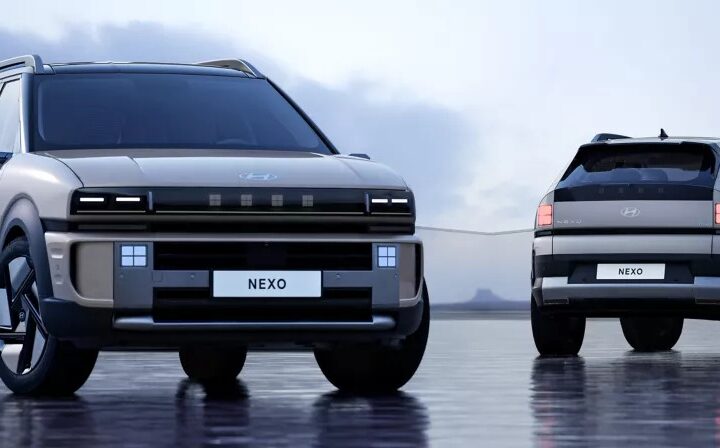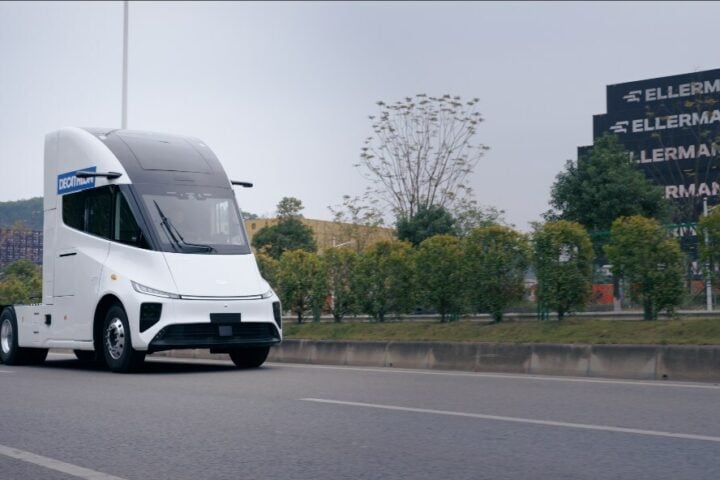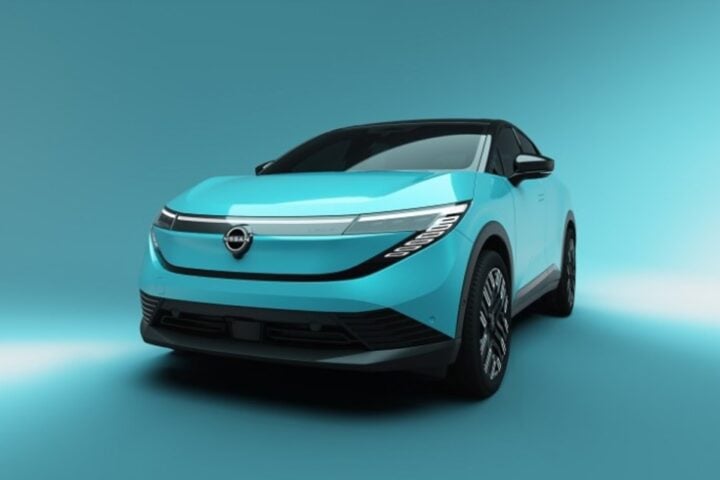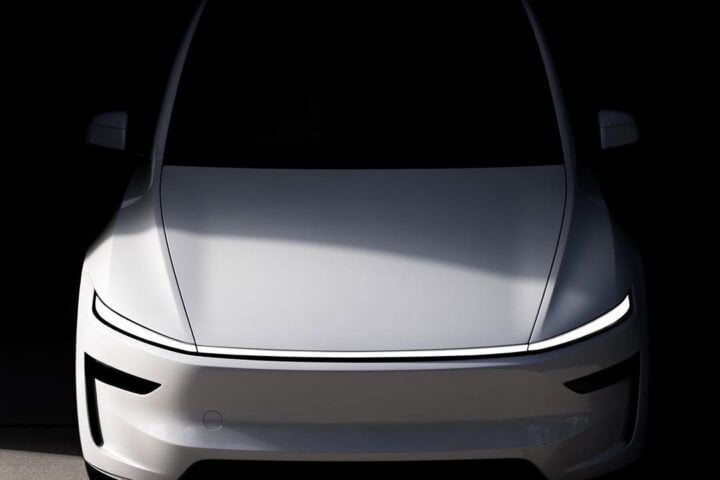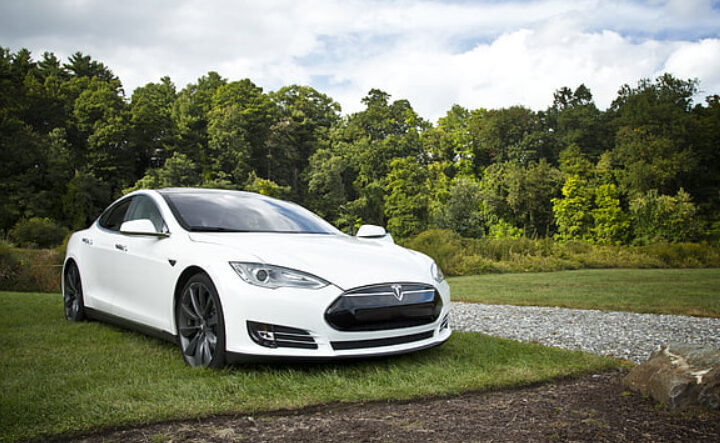Traditionally, the realms of lunar roving and earthly commuting have been distinctly separated. This could all change with the entry of SMART Tire Company into the automotive industry. They are taking a page out of NASA’s playbook, aiming to bring airless tire technology, initially crafted for lunar rovers, to our daily commute.
Metal Flexes its Might
At the heart of this ambitious endeavor is a material known as Shape Memory Alloy (SMA). According to Earl Cole, CEO of The SMART Tire Company, SMA behaves akin to super-elastic metal, merging the strength of titanium with the elasticity of rubber. This unique property enables the tires to be distorted to extreme degrees and yet revert back to their original shape. The absence of pressurized air as a structural element implies that these tires, including those used on lunar rovers, will never succumb to punctures or suffer flats. In essence, SMA could potentially transform the longevity of your tires, extending them to match the lifespan of your vehicle.
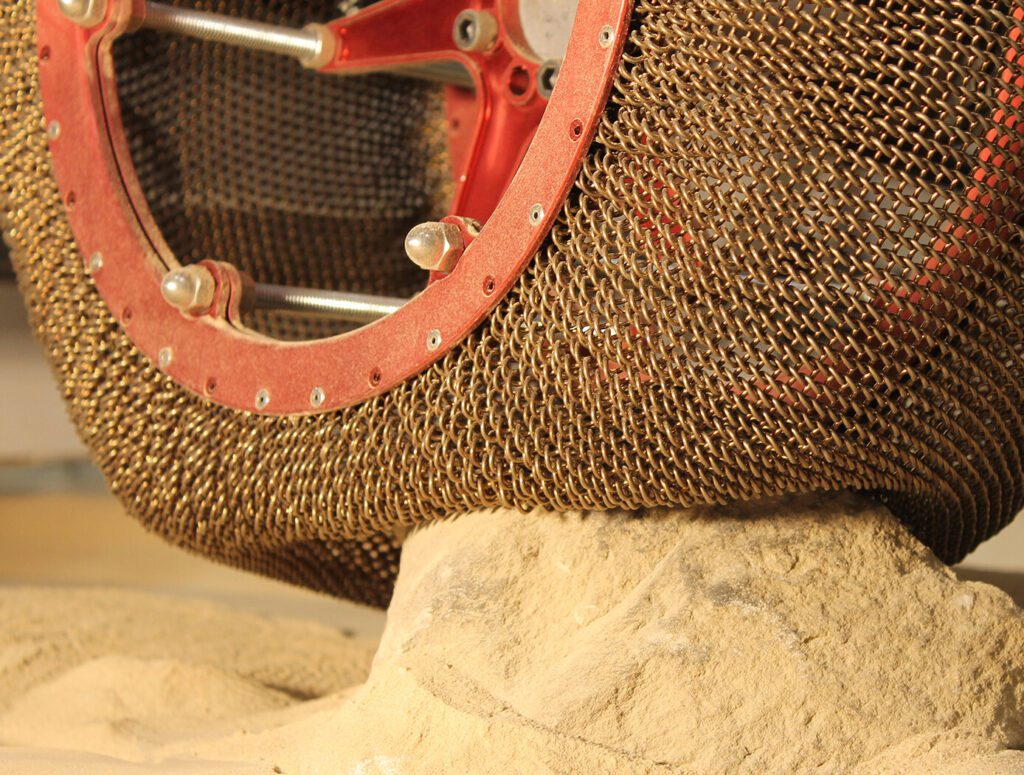
A Revolutionary Rethink of Tires
In an era of electric vehicles and self-driving cars, tire technology seems to have been left in the dust of the last century. However, with tire pollution becoming a growing concern, tire manufacturers are now under the microscope. The ability to retread SMART tires without discarding the whole tire offers a potential solution to this sustainability issue. Here, only the tread—the rubber component that offers road grip—needs replacement, significantly reducing material waste.

An Echo of Electric Cars
Interestingly, the problem of tire pollution could worsen with the advent of electric vehicles (EVs). Their additional battery weight can lead to increased abrasion of tires, thereby releasing more micro-particles into the environment. SMART’s airless tires could present a robust counter to this impending issue.
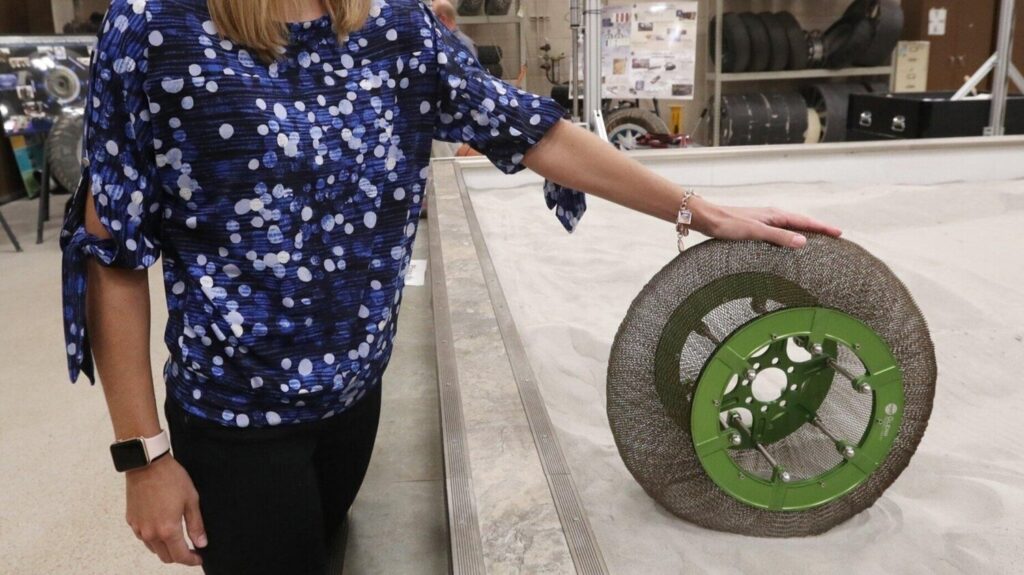
The Road Ahead for SMART
Despite the initial reservations on Shark Tank, the SMART Tire Company remains undeterred. Their ongoing crowdfunding campaign reflects their commitment to materialize this concept into a tangible product. Tens of thousands of consumers, evidently sharing this vision, have already joined the waiting list for the company’s first commercial product: an airless bicycle tire.
Similar Post
Space Debris: An Underestimated Threat
While SMART’s innovation could revolutionize our roads, European Space Agency’s (ESA) actions reveal a concerted effort to manage another contemporary issue: space debris. Their recent ‘assisted re-entry’ of the Aeolus satellite, using a series of thruster firings, ensures that decommissioned satellites do not pose a risk to populated areas. A model that other space agencies might well replicate.
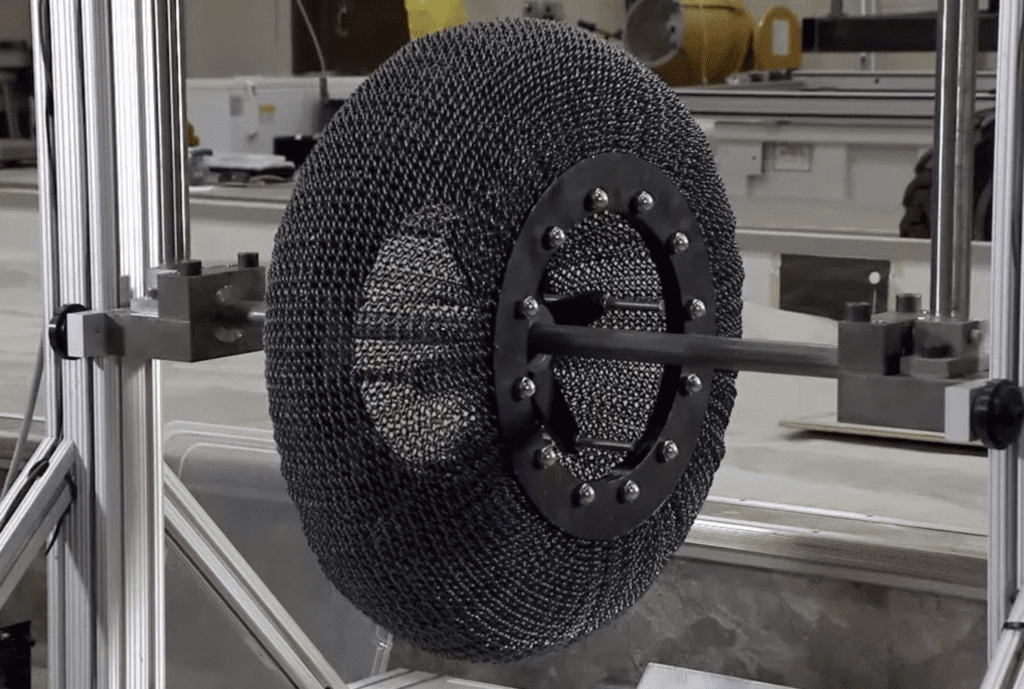
In a world grappling with environmental concerns, these innovations represent pragmatic responses to some of our most pressing challenges. From our terrestrial roads to the celestial void, a new wave of ingenuity is fast reshaping our landscape. These endeavors underscore the critical role of sustainable and smart solutions in our journey towards a more resilient future.
